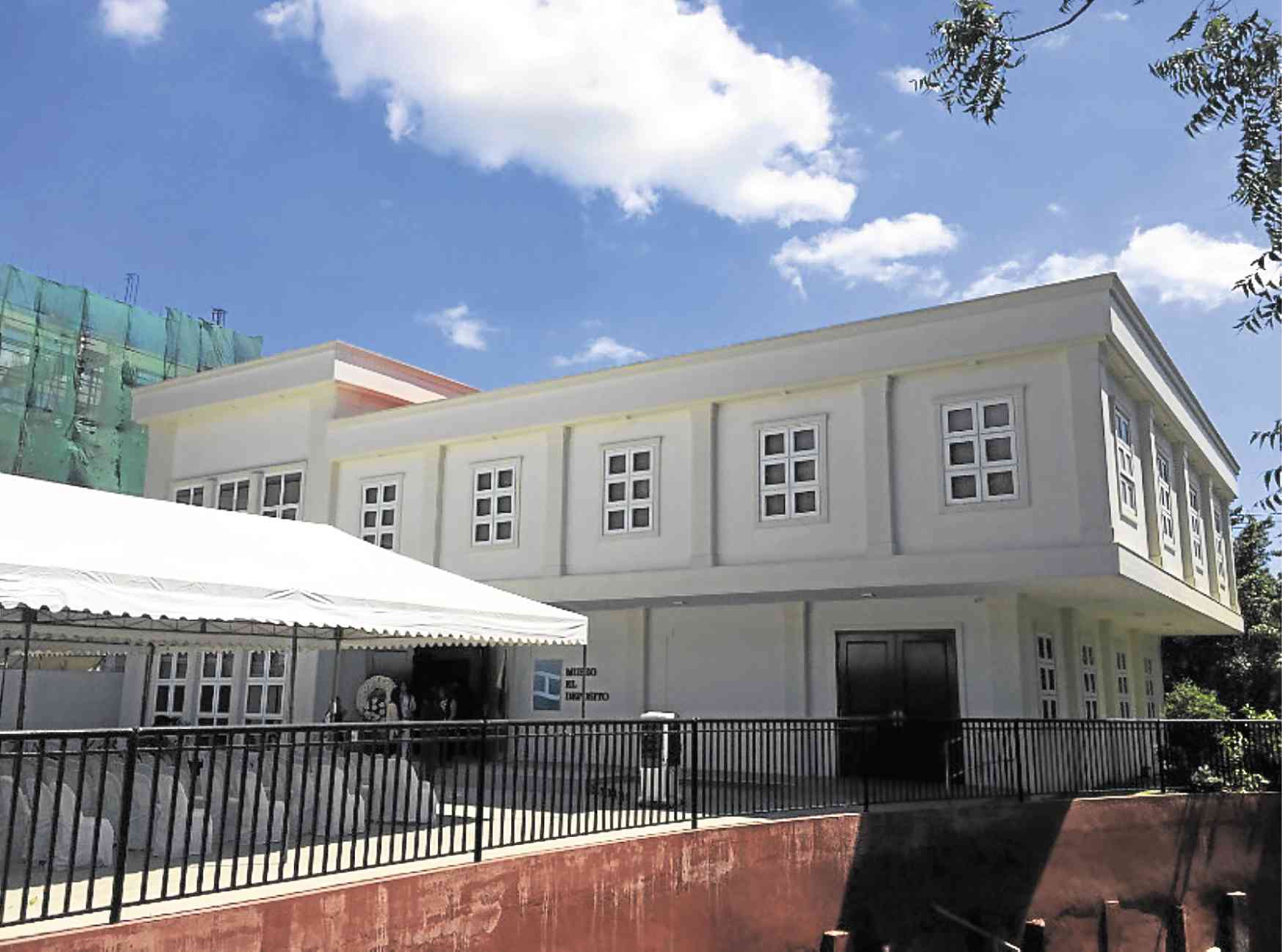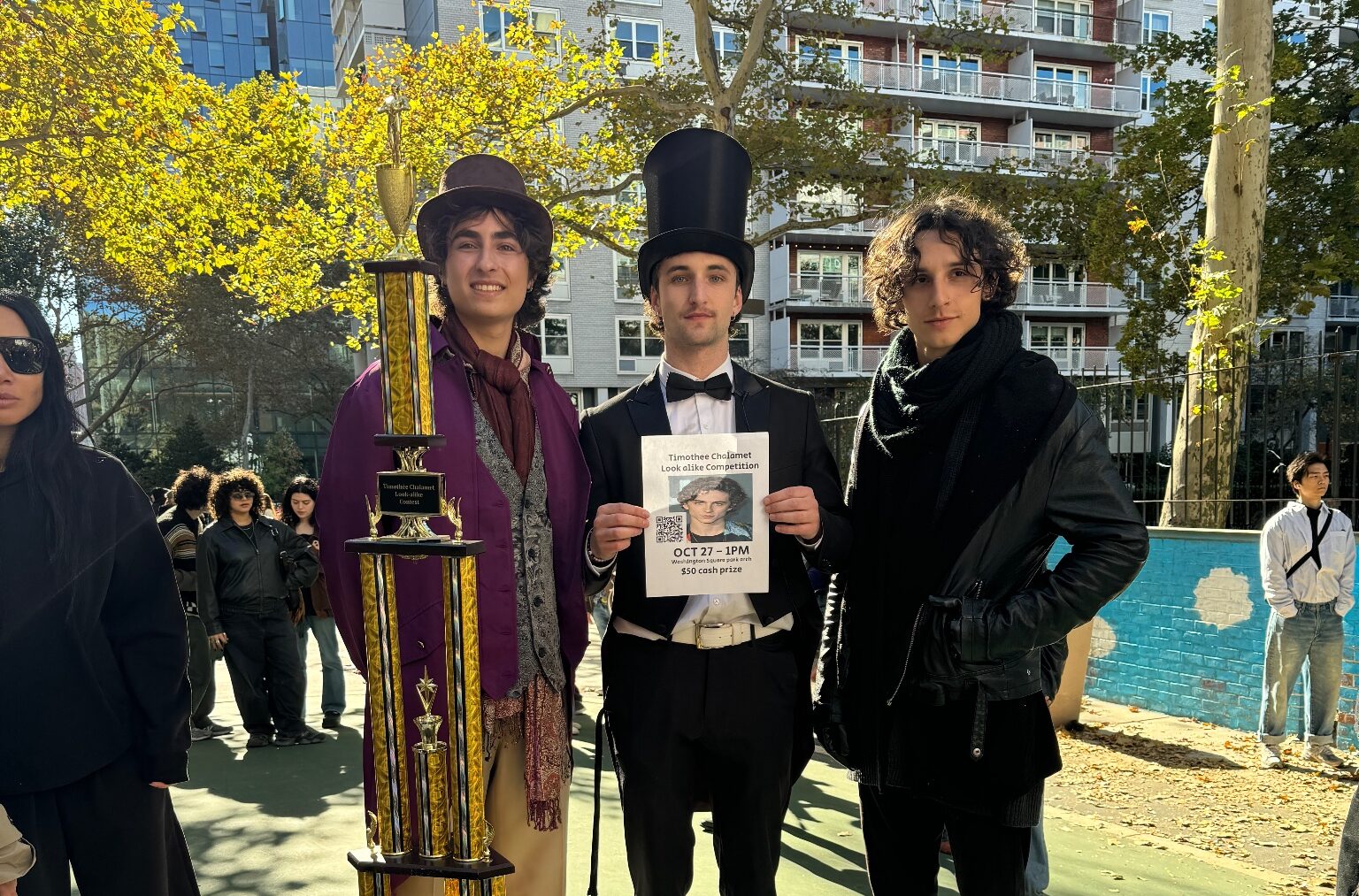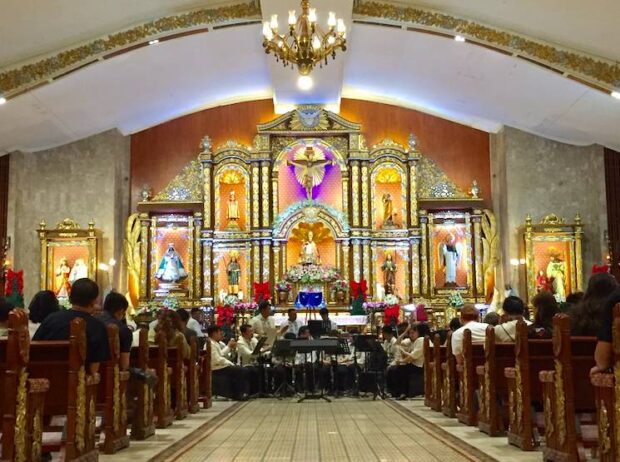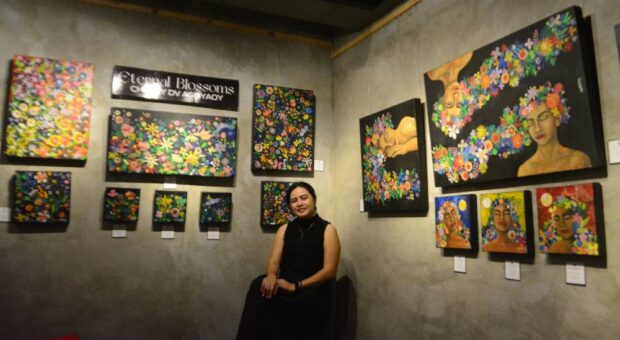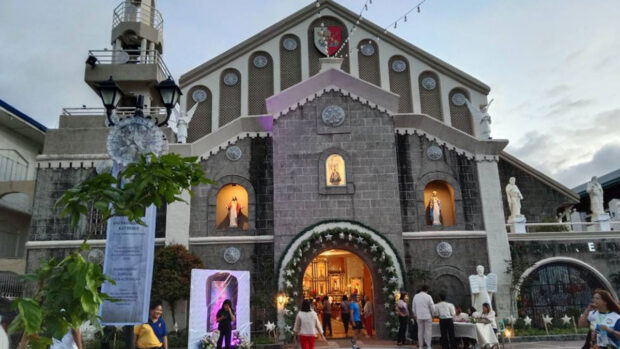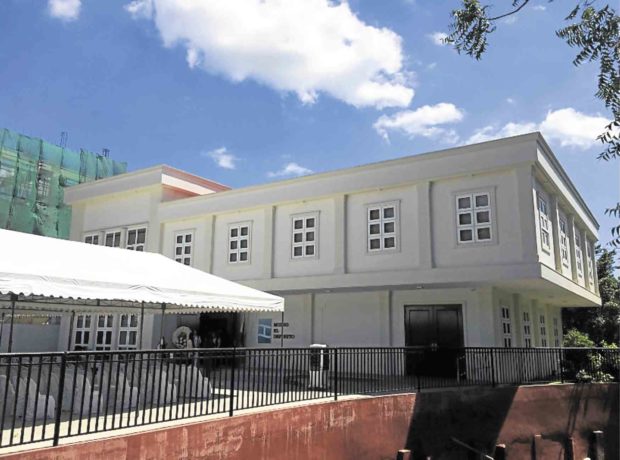
The National Historical Commission of the Philippines (NHCP) recently opened a museum in San Juan dedicated to El Deposito, an important Spanish colonial reservoir which supplied clean water to Manila and its suburbs from 1882 to 1929.
The new museum is in the Pinaglabanan Shrine of San Juan City, beside the Museo ng Katipunan, also by the NHCP.
El Deposito was the major part of a complex of water supply facilities called the Carriedo System which sourced its water from a portion of the San Mateo (also known as Marikina) River in Santolan with pumping machines bought from France housed in a structure beside the river.
Chair Rene Escalante of the NHCP explained the structure was significant because it used to be the source of water of Manila and its environs and that the opening of Museo El Deposito on site would help educate the general public of its existence and importance.
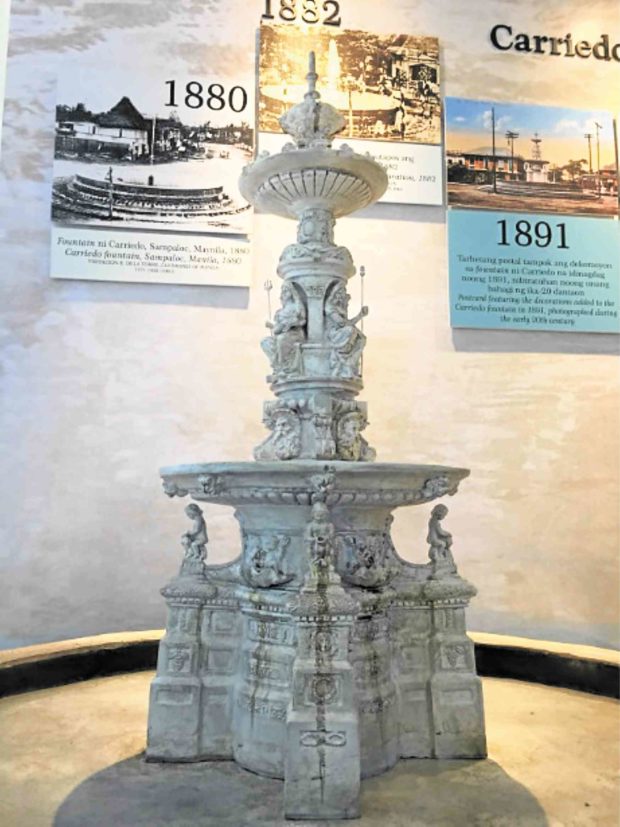
Also in attendance were NHCP officials and members of the San Juan local government led by Mayor Guia Gomez.
Displayed in the museum are reproductions of archival documents relating to Carriedo Water, a scale model of El Deposito and the Carriedo Fountain, original water hydrant of the system, and even artifacts uncovered by the University of the Philippines-Archaeological Studies Program during its diggings in 2016.
Rehabilitation
Escalante said the opening of the museum was only the beginning. NHCP would open in eight to 10 months after rehabilitation the sprawling water reservoir located under the Pinaglabanan Shrine.
Escalante told the Inquirer that they were able to dredge the structure last year, clearing the garbage and mire which had accumulated over time and explained El Deposito was found structurally safe following a detailed engineering study done by his agency which has jurisdiction on the site.
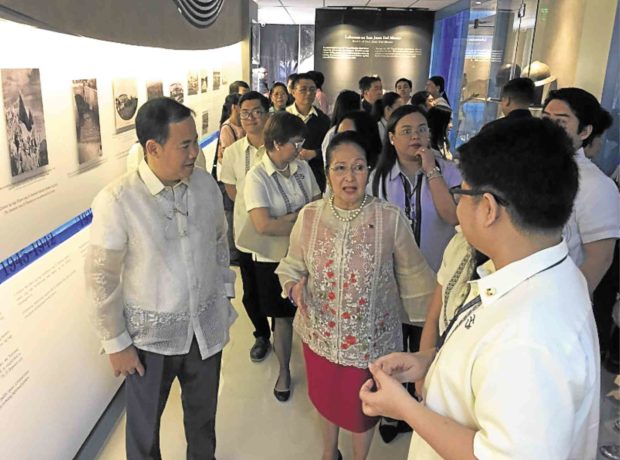
The NHCP had also exposed two vents and plans to further expose other openings and add an exit to diffuse the high level of methane underground. The openings would also be for ventilation.
Characterized by rows of underground reservoir connected by arched openings, El Deposito is “one of a kind,” said Escalante; it is “an engineering masterpiece.”
Tuberias
Previously, there had been plans for the construction of a water supply system for Manila following the cholera epidemic of the early 19th century. But it was Don Genaro Palacios y Guerra who proposed the project in 1868. The plan was tweaked due to budget constraints.
The laying of the cornerstone in 1873 was officiated by the Dominican prelate, Manila Archbishop Pedro Payo.
The engine equipment and cast iron pipes called “tuberias” which carried water from Santolan to the underground stone reservoir (El Deposito) in San Juan were sourced from England.
Traces of the system’s structures and equipment in the Santolan area (now Camp Atienza) have long been gone except for the Santolan Road (now Boni Serrano Avenue) which used to be the street were the pipeline ran. This street connected the facility beside the river to El Deposito.
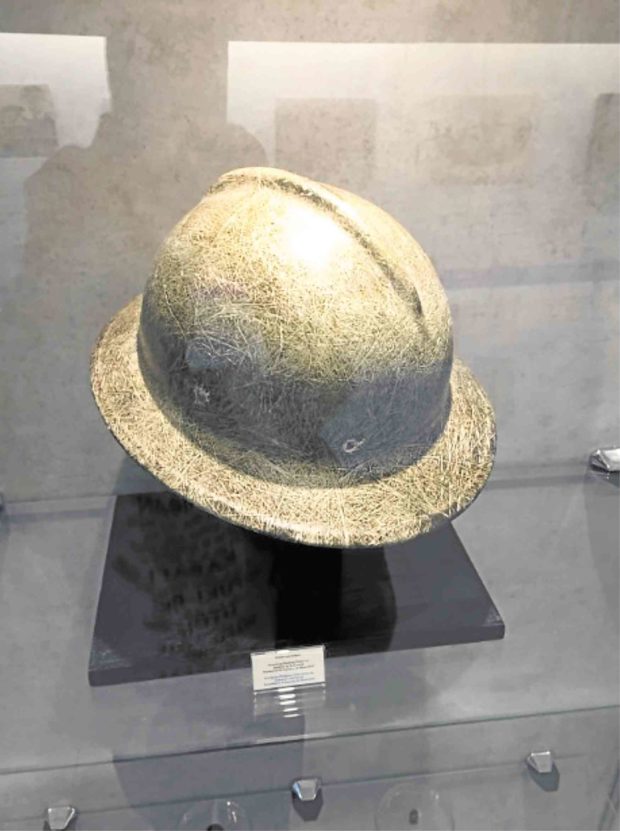
One street in San Juan called Tuberias and two in Quiapo, which were formerly called Calles Tuberias, are the tangible evidence of the pipelines’ route. These streets still exist; Tuberias in Quiapo is now called Concepcion Aguila.
The stone San Juan Aqueduct which was part of the system and an important Spanish colonial structure due to its rarity was demolished in the early 2000’s.
Free of charge
Fr. Eladio Neira, OP, in his book on San Juan history mentioned that the pipes which brought water to Manila traversed the haciendas of the Augustinians, Dominicans and Tuazon family.
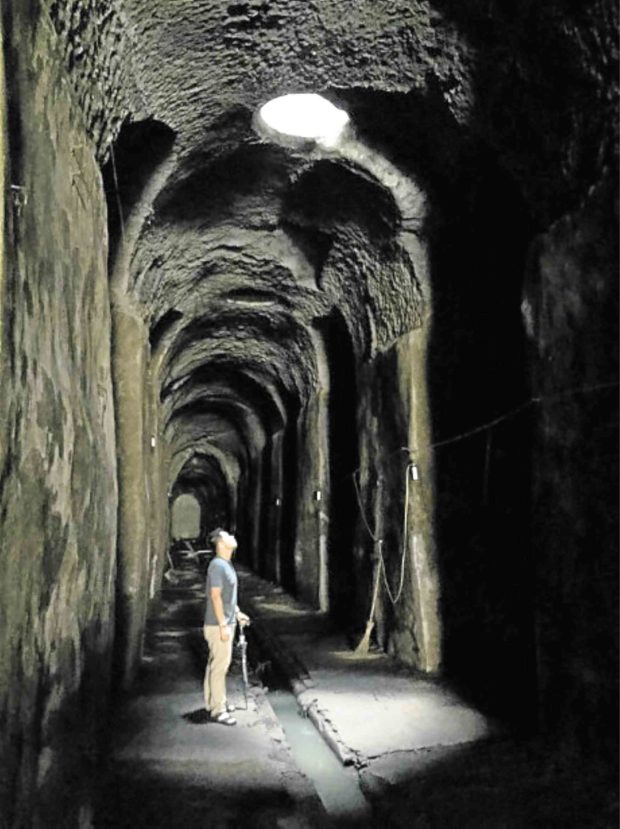
He noted it was not known if the Tuazons and Augustinians charged the authorities for the use of their lands, but the Dominicans did not.
As a result and “in recognition of the Dominicans’ generosity, the Manila authorities declared that the Santo Domingo Convent in Intramuros be entitled to free water from the Carriedo System in perpetuity.” –CONTRIBUTED

